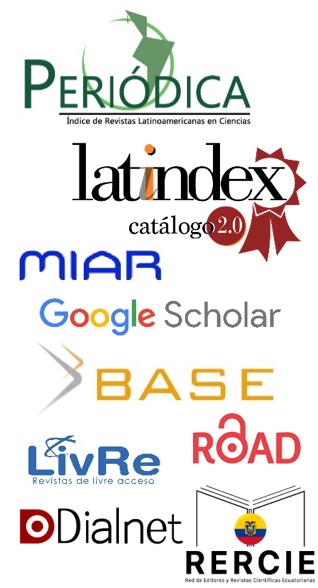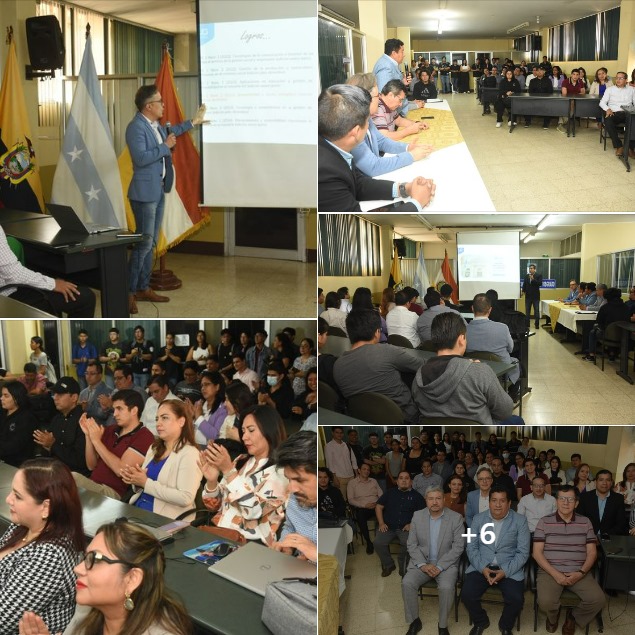Viability of a rural electrification program in Peru
DOI:
https://doi.org/10.53591/easi.v1i2.1767Palabras clave:
Electrificación rural, Determinantes socioeconómicos, Reducción de pobreza, Tarifas por modelo de servicioResumen
This research resumes the work carried out at the ACCIONA Micro Energy Foundation (FUNDAME) as part of the final internship and Master’s thesis for the 2014 European Joint Master’s in Management and Engineering of Environment and Energy Program (ME3). The internship took place in the Corporate Social Responsibility department of ACCIONA S.A. The internship consisted of improving the company´s business model to reach more isolated communities and effectuate preventive and corrective maintenance more sustainably. The step-by-step process used to implement this methodology in an economically sustainable manner using a fee-for-service model has been documented. In addition, the business model was evaluated to demonstrate its viability, impact, sustainability, and scalability during the systems' lifetime; improvements were also analyzed. Due to the distance between ACCIONA Micro energy Peru (AMP) and the users, the costs of installation and maintenance of these systems can be significant. The new methodology, which states the implementation of Energy Supply and Service Centers (ESSC), has the potential to decrease project and operational costs and sustain itself over time.
Citas
ACCIONA Microenergía, Peru 2011 (15 de Febrero de 2022). Manual de Gestión Luz en Casa. 2011.. https://safundacionmicro.blob.core.windows.net/media/2738/201407-itdupm-bid-caso-luz-en-casa-es.pdf
ACCIONA Microenergía, Perú 2012 (Junio de 2022). Un modelo de empresa social para la extención de un servicio público regulado. https://www.acciona.com/es/nuestro-proposito/sostenibilidad/desarrollo-social/?_adin=02021864894.
Barkat, A. (2005). Access to electricity in rural Bangladesh: some empirical evidence of socio-economic impact. Asian Institute of Technology, 331-370. https://www.worldscientific.com/doi/abs/10.1142/9789812701787_0037
Bautista, H. , Valeeva, G. , Danilevich, V., & Zinovyeva, A. . (2022). A Development Strategy for the Revival of Tourist Hotspots following the COVID-19 Pandemic. International Journal of Criminology and Sociology, 9, 1047–1053. https://doi.org/10.6000/1929-4409.2020.09.118.
Che, X., Zhu, B., Wang, P. (2021). Assessing global energy poverty: an integral approach. Energy Policy, 149, 112099 https://doi.org/10.1016/j.enpol.2020.112099
Eisman, J. (2022). Perú Microenergía: Un modelo sostenible de electrificación rural con renovables. In Ignacio Pérez A. José I. & Romero, A. (Eds.), Tecnologías para el desarrollo humano de comunidades rurales aisladas.
ACCIONA, Microenergía (2013). Modelos de suministro eléctrico para electrificación rural descentralizada. https://docplayer.es/89809692-Acciona-microenergia-peru-julio-2013.html
GNESD (2007). Reaching the Millenium Development Goals and Beyong: Acces to Modern Forms of Energy is a Prerequisite. https://mdgs.un.org/unsd/mdg/resources/static/products/progress2007/unsd_mdg_report_2007s.pdf
IEA (2011). World Energy Outlook. https://iea.blob.core.windows.net/assets/cc401107-a401-40cb-b6ce-c9832bb88d85/WorldEnergyOutlook2011.pdf
IEG (2018). The welfare impact of rural electrification: A reassessment of the costs and benefits. http://hdl.handle.net/10986/6519
MEM (2011). Plan Nacional De Electrificacion Rural Periodo 2012-2021. https://minem.gob.pe/_legislacionM.php?idSector=6&idLegislacion=6956.
Nie, P., Li , Q., Sousa-Poza A. (2021). Energy poverty and subjective well-being in China: New evidence from the China Family Panel studies. Energy Econom. 2021, 103. (2021). https://docs.iza.org/dp14429.pdf
OECD/IEA (2010). Energy Poverty – How to make modern energy access universal. https://www.oecd.org/greengrowth/38509686.pdf
Dominko, P. K., Slabe-Erker, R. (2021). 30 years of energy and fuel poverty: An retrospective analysis and future trends. Journal of Cleaner Production, 301(10), 127003. https://doi.org/10.1016/j.jclepro.2021.127003
Rubtzov, V. ., Zyryanov, A. ., Firsova, A. ., Biktimirov, N. ., Marat, M. ., Rozhko, M. ., & Bautista, H. . (2022). The Role of Digital Geography in the Development of Tourism and Tourist Activities. International Journal of Criminology and Sociology, 9, 2186–2191. https://doi.org/10.6000/1929-4409.2020.09.259.
Solargis (3 de mayo, 2022). Solaris data bank. https://solargis.com/maps-and-gis-data/download/south-america
UN (2005). Energy services for sustainable development in rural areas in Asia and The Pacific: policy and practice. United Nations. NY: United Nations Publications. https://digitallibrary.un.org/record/575748
UNDP/World Bank (2022). Rural electrification and development in the Philippines: measuring the social and economic benefits. https://openknowledge.worldbank.org/handle/10986/19890.
World Bank (2008). Rural electrification and development in the Philippines: measuring the social and economic benefits. https://openknowledge.worldbank.org/handle/10986/6519.
Descargas
Publicado
Cómo citar
Número
Sección
Licencia
Derechos de autor 2022 José Hidalgo-Crespo, H. Bautista-Espinoza, J. Oviedo

Esta obra está bajo una licencia internacional Creative Commons Atribución-NoComercial-SinDerivadas 4.0.
Las contribuciones publicadas en la revista EASI se rigen por la licencia de acceso abierto CC BY-NC-ND 4.0 (Creative Commons Reconocimiento-NoComercial-SinDerivadas 4.0). Esta licencia te empodera como autor, y garantiza la amplia difusión de tu investigación mientras protege tus derechos.
Para autores:
- Los autores pueden reproducir y distribuir la obra en cualquier formato no comercial, siempre que la obra indique los autores y datos de la revista EASI, y no contravenga los puntos mencionados en el apartado de los permisos y prácticas editoriales.
- La revista obtiene una licencia para publicar y distribuir el manuscrito original.
Para lectores/usuarios:
Acceso y distribución gratuita: cualquier lector o usuario puede acceder, descargar, copiar, imprimir y compartir el artículo publicado libremente según los términos de la licencia CC BY-NC-ND 4.0.
Reconocimiento obligatorio: si un tercero utiliza el material publicado, debe dar crédito al creador proporcionando el nombre, el título del artículo y el nombre de la revista, lo que garantiza la propiedad intelectual del autor(es) y ayuda a construir su reputación académica.
Uso no comercial: solo se permite el uso no comercial del trabajo publicado. No comercial significa que no está destinado principalmente ni dirigido al aprovechamiento comercial o la compensación monetaria por parte de ningún tercero.
No se permiten modificaciones: el contenido del artículo publicado no se puede cambiar, mezclar o reconstruir a partir del trabajo del autor. Esto asegura la integridad y precisión de los resultados de la investigación.




